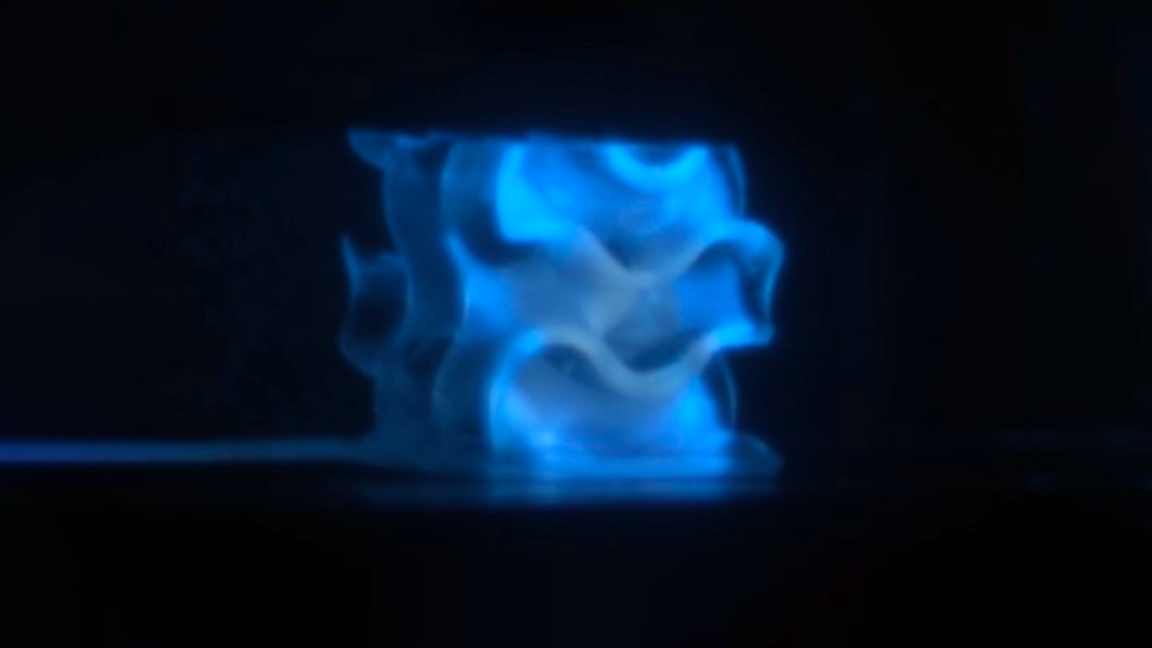 In cosmic rays, the differences between electron fluxes and proton fluxes and their variations over time observed over the past decade through the use of space-based detectors such as the Alpha Magnetic Spectrometer (AMS), the particle detector housed on the International Space Station, could be a consequence of our star’s cycles of activity and their evolution. This is the finding of a study conducted by the AMS scientific collaboration itself, which includes researchers from INFN and ASI – Italian Space Agency, published on 17 April in the journal Physics Review Letters. Making use of a large dataset acquired by AMS over the course of more than 11 years, scientists were able to measure the daily variations of the electron flux and proton flux in cosmic rays with great accuracy, identifying possible traces of the influence of solar activity in their distribution over the long term. If confirmed, the result will improve the understanding of all types of cosmic rays, while also increasing the ability to identify possible clues of new physics.
In cosmic rays, the differences between electron fluxes and proton fluxes and their variations over time observed over the past decade through the use of space-based detectors such as the Alpha Magnetic Spectrometer (AMS), the particle detector housed on the International Space Station, could be a consequence of our star’s cycles of activity and their evolution. This is the finding of a study conducted by the AMS scientific collaboration itself, which includes researchers from INFN and ASI – Italian Space Agency, published on 17 April in the journal Physics Review Letters. Making use of a large dataset acquired by AMS over the course of more than 11 years, scientists were able to measure the daily variations of the electron flux and proton flux in cosmic rays with great accuracy, identifying possible traces of the influence of solar activity in their distribution over the long term. If confirmed, the result will improve the understanding of all types of cosmic rays, while also increasing the ability to identify possible clues of new physics.
You might also be interested in

EuPRAXIA chooses ELI Beamlines as second site for laser-driven accelerator

The record neutrino observed by KM3NeT
07 February 2025
Read more The record neutrino observed by KM3NeT

INFN celebrates the STEM WEEK and the International Day of Women and Girl in Science 2025

International Year of Quantum Science and Technology, 2025
03 February 2025
Read more International Year of Quantum Science and Technology, 2025

A new generation of plastic scintillators thanks to 3d printing

Capturing the accretion flow of M87* black hole
22 January 2025
Read more Capturing the accretion flow of M87* black hole